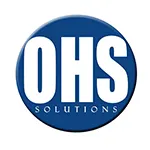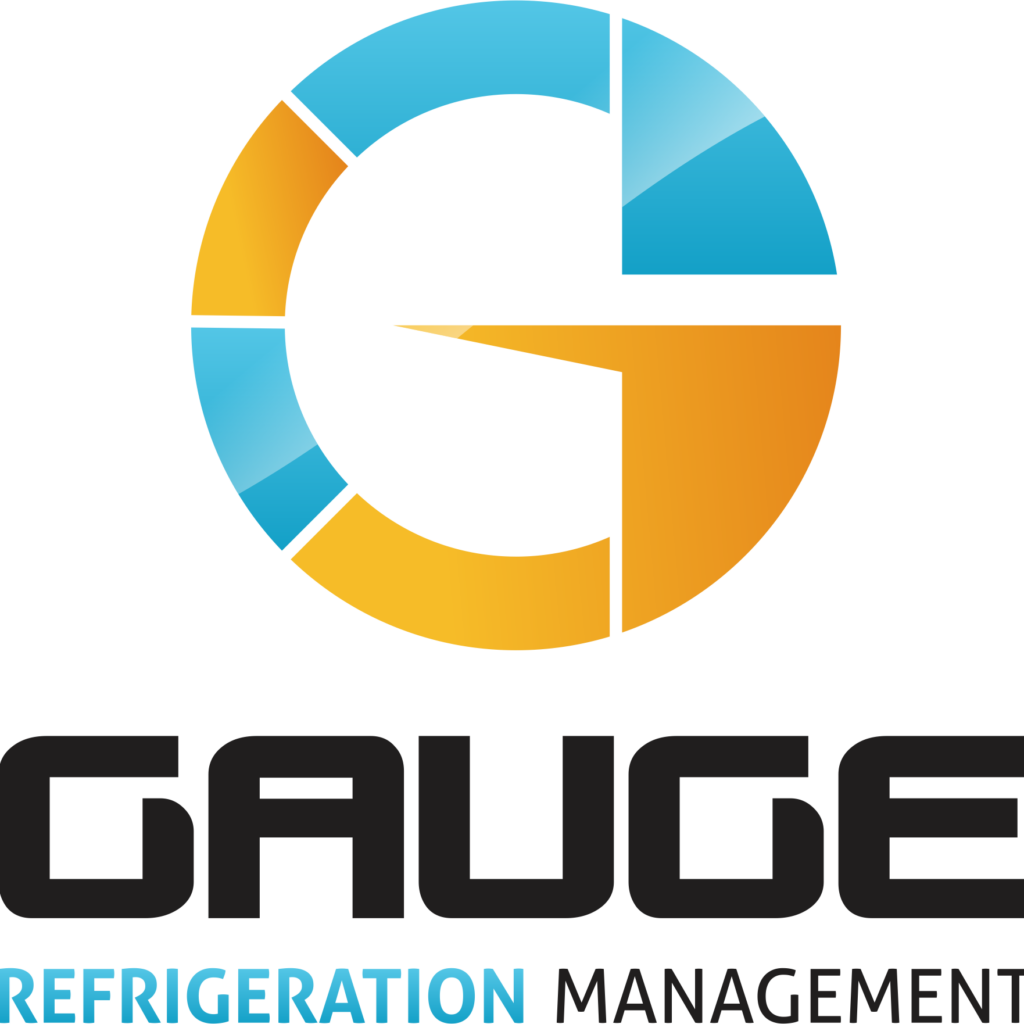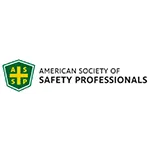CLICK HERE to Renew your Membership
CLICK HERE for a NEW Membership
CLICK HERE to see eligibility requirements for FREE Membership
If you have any questions, please contact me
We offer:
- Over 17,600 categorized unsafe acts/conditions and accident/injury photos
- Over 1,450 ppt's & doc's
- Over 3,975 technical articles on Process Safety & Occupational Safety & Health matters
- Over 450 videos

I am proud to announce that have extended our”Partners in Safety” agreement for another year (2025).
CI Members, send me an e-mail to request your FREE SAFTENG membership.
Many THANKS to my NEW Members and those who CONTINUE to support SAFTENG.
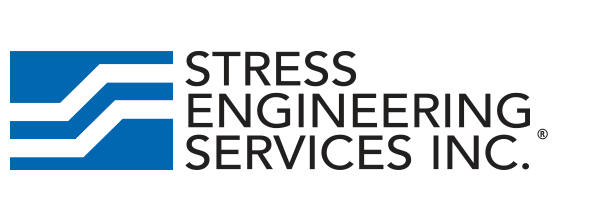
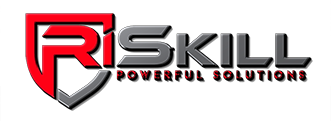



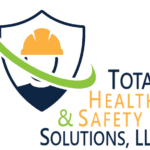


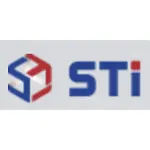


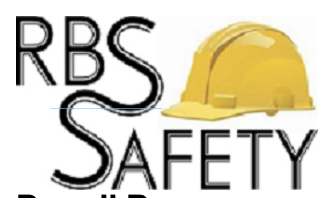

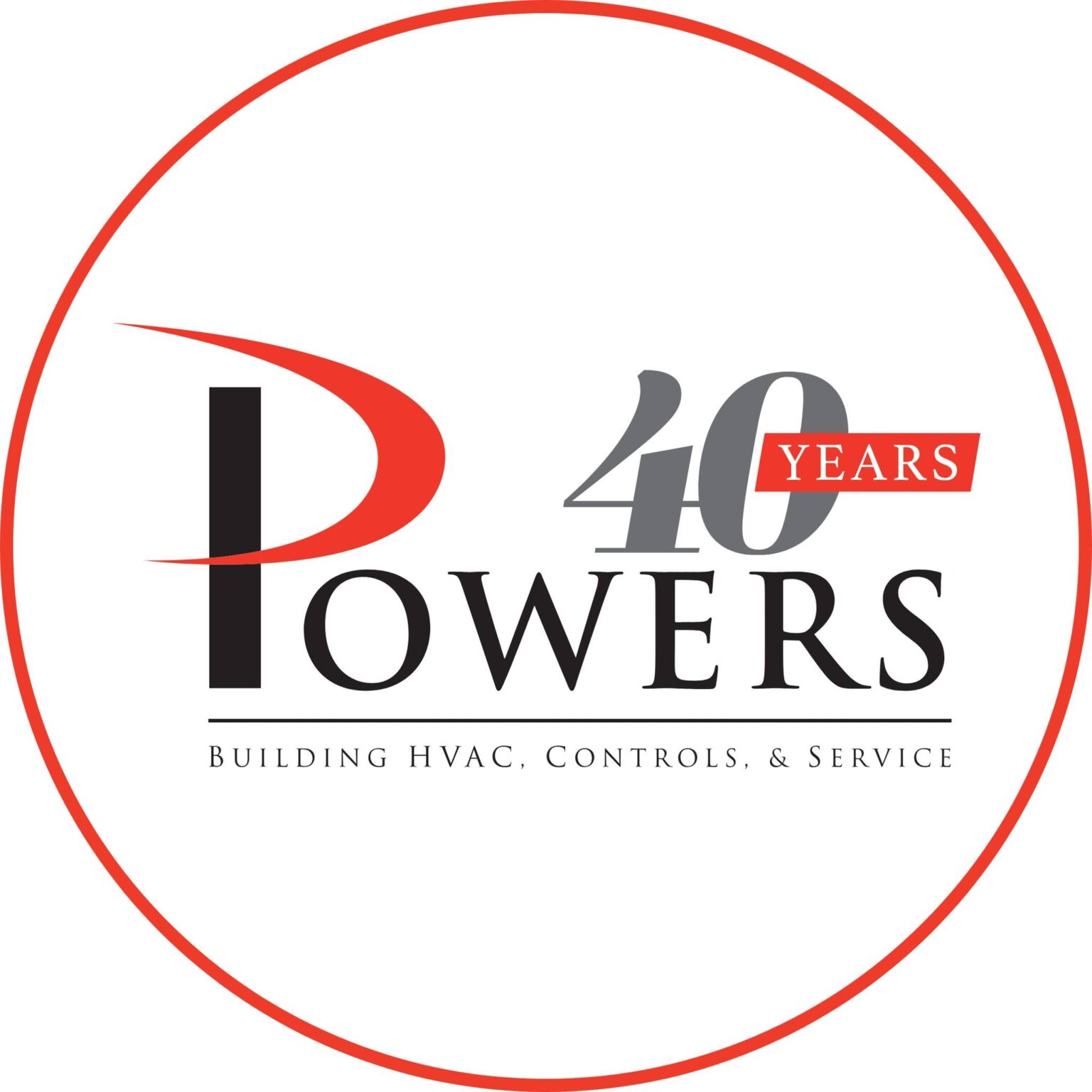
December 12, 2022
The phrase “important building” is used in many hazardous material(s) standards and codes. OSHA, IFC, and NFPA all use the phrase, yet the phrase is not defined in any of these codes. And because of this lack of definition, there are usually needless debates about their role in safety or the hazards they may present. Here is OSHA’s use of the phrase… …...
Read More
December 12, 2022
A fair number of you are with me on my approach to industrial safety. I am a believer and user of HOP, SIF, and Psychological Safety, the three (3) major moevements in safety these days. But these movements NEED STRUCTURE to thrive inside a workplace. They are NOT standalone “programs,” and any snake oil salesperson trying to sell you their product as such is not a safety professional;...
Read More
December 10, 2022
NFPA’s Fire Protection Research Foundation completed a project to identify, summarize, and analyze static electricity incidents. A summary of the current provisions in NFPA 77 are provided and existing knowledge gaps were identified. This report assists the NFPA 77 Technical Committee on Static Electricity and others in the fire protection and life safety industry. The project comprised four...
Read More
December 10, 2022
I was asked what I thought was the best flammable liquid code on the entire planet. Honestly, I can not answer, as I do not know all the flammable liquid codes on the planet, only those I have worked with in the countries where I do process safety work. But in my limited experience, I would say Ontario’s Ministry of Labour is one of my favorites as it requires some serious upgrades...
Read More
December 9, 2022
SAFTENG NOTES: Interesting citations… GDC on “Opening process equipment” and GDC on LEL detector(s) locations The Respondent operates plastics material and resin manufacturing processes at the Facility that produces polymers used in various applications and products, meeting the definition of “process “as defined by 40 C.F.R. § 68.3. The Respondent produces, processes,...
Read More
December 8, 2022
Respondent has an “All Other Basic Organic Chemical Manufacturing” process at the Facility, meeting the definition of “process” as defined by 40 C.F.R. § 68.3. Respondent has greater than a threshold quantity of Vinyl Acetate, Ethylene oxide, Ammonia, Methane, Propylene, Acetaldehyde, and a Flammable Mixture (” the Regulated Substances”) in a process at the Facility,...
Read More
December 8, 2022
Respondent is the owner and operator of the facility that produces anhydrous ammonia, urea fertilizer, and urea-ammonium nitrate which are loaded on trucks and railcars for distribution. The Respondent’s Facility chemical processes meet the definition of “process” and “covered process”, as defined by 40 C.F.R. § 68.3. The Respondent’s RMP program level 3 covered...
Read More
December 8, 2022
OSHA determined that an Arkansas construction contractor failed to test oxygen levels in the confined space before two workers entered a sewer 20 feet below ground at an Edmund work site and died because of a lack of oxygen. The investigation into the June 14, 2022, incident found that an employee climbed into a newly installed sewer manhole to conduct testing when they lost consciousness. Trying...
Read More
December 7, 2022
Every year about this time, I take time to reflect on the year. This year I had the privilege to spend 100% of my time with Union Pacific Railroad, but I stayed connected with many of you, and through our many late-night discussions, I am reminded that many businesses get blinded by all the tinsel on the Christmas tree. We now have three major movements within our profession. I am a fan...
Read More
December 4, 2022
An ounce of PREVENTION is worth a pound of cure.
PREVENT
PROTECT
MITIGATE
Read More
December 4, 2022
Over my 30+ year career in safety and health, I have seen and participated in many “flavor of the month” initiatives. Almost all of these were out desperately trying to achieve an OSHA rate. I know; there’s a lot to unpack with that statement. Probably the most significant movement of my career was the Behavior Based Safety movement in the 1990s and 2000s. ...
Read More
December 4, 2022
I am always amazed to hear people complain about the degree of our auditing. Most clients hire us for detailed auditing, but some see the PSM/RMP 3-year audits as a “check-the-box” exercise and do not appreciate our auditing skills and experience (LOL). Comments/Questions like… “Would OSHA really cite for that?” are commonplace. Let me be clear; our job...
Read More






